 What an amazing thing to know that my gentle parenting articles have now been read over TWO MILLION times by people from more than 200 countries around the globe! Visitors have logged in from such wonderfully exotic places as Fiji, Nepal, Rwanda, Cameroon, the Congo, Malawi, Montserrat, Seychelles, Madagascar, and many, many more!
What an amazing thing to know that my gentle parenting articles have now been read over TWO MILLION times by people from more than 200 countries around the globe! Visitors have logged in from such wonderfully exotic places as Fiji, Nepal, Rwanda, Cameroon, the Congo, Malawi, Montserrat, Seychelles, Madagascar, and many, many more!
To say a huge ‘Thank You’ to all of my readers for their support, shares, likes, and follows, I asked the 18,000+ gentle parents on my Little Hearts Facebook Page what they’d most like me to offer as a celebration — a giveaway or a book sale — and they overwhelmingly voted for a book sale. So I’ve asked my publisher to drastically drop the prices on all of my parenting books for a one-time, 48-hour Celebration Sale. For the next two days the normal price of $8.99 has been deeply discounted to $5.99 and if you buy a paperback edition you can get the Kindle edition for only .99 cents to keep or to give as a gift! And, so those who voted for a giveaway don’t feel left out, I’m also giving away a $25.00 Amazon gift card. To enter to win, simply share this post and leave a comment saying you shared…super easy! [Contest runs through 11:59 EST on January 16th. Winner will be randomly selected and notified by email. Open worldwide.]
Here’s an overview of each book courtesy of The Parenting Review :
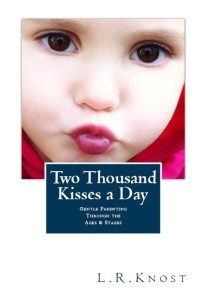 Two Thousand Kisses a Day: Gentle Parenting Through the Ages and Stages by L.R.Knost
Two Thousand Kisses a Day: Gentle Parenting Through the Ages and Stages by L.R.Knost
Calm, Reassuring, Likable ~ Written in L.R.Knost’s signature easy-to-read and conversational style, Two Thousand Kisses a Day offers an overview of gentle parenting from birth through young adulthood along with concrete suggestions and insights into how to implement gentle parenting in each stage of childhood. Her seasoned and practical approach, based on extensive child development research and years of parent mentoring as well as over twenty-five years of parenting her six children, is as likable as it is reassuring. Parents with children of any age will find this information-packed book with its bite-sized chapters and practical approach to parenting a helpful and encouraging addition to their home library, as well as a welcome gift for new or struggling parents. ~The Parenting Review
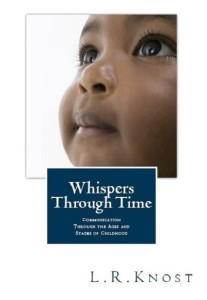 Whispers Through Time: Communication Through the Ages and Stages of Childhood by L.R.Knost
Whispers Through Time: Communication Through the Ages and Stages of Childhood by L.R.Knost
Sweet, Funny, Insightful ~ Award-winning Whispers Through Time by L.R. Knost is destined to be a dog-eared favorite, passed down from generation to generation. L.R. Knost shows parents how to find their own answers for their own children and their own families in this guidebook as she challenges conventional thinking with a wisdom born of experience and a healthy dose of research to back it up. Written with the same unique blend of sweetness and humor, grit and honesty, reassurance and insight that made L.R. Knost’s first book, Two Thousand Kisses a Day: Gentle Parenting Through the Ages and Stages, a best-seller, Whispers Through Time has become a runaway hit in its own right. ~The Parenting Review
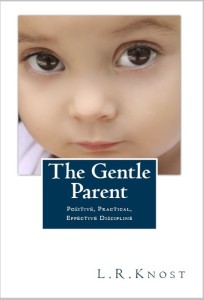 The Gentle Parent: Positive, Practical, Effective Discipline by L.R.Knost
The Gentle Parent: Positive, Practical, Effective Discipline by L.R.Knost
Relaxed, Reassuring, Practical ~ Written by L.R.Knost, best-selling, award-winning author of Two Thousand Kisses a Day and Whispers Through Time, The Gentle Parent: Positive, Practical, Effective Discipline shares the simple secrets of a peaceful, happy home in the Three C’s of gentle discipline–Connection, Communication, and Cooperation. In her signature relaxed and poetic style, L.R.Knost gently guides parents through the steps of applying the Three C’s in real-life scenarios from tantrums to defiance to parenting a strong-willed child to healing a broken parent/child relationship. Practical and proven, this newest installment in the Little Hearts Handbook parenting series will be tucked into diaper bags, kept handy on nightstands, and shared with good friends for its research-backed, experience-based, and humor-rich insights, ideas, and inspiration. ~The Parenting Review
In Gentle Parenting Workshop 1: Getting Started on Your Gentle Journey L.R.Knost does what she does best, offering clear, practical, doable steps as she gently guides parents to find what works with their own children and families. This workshop delivers exactly what it promises as it helps parents to discover their parenting strengths and weaknesses and establish goals to become the parents they want to be, and it does so with the usual conversational and reassuring style that has made L.R.Knost a best-selling, award-winning author and successful parenting consultant. The Parenting Review
*For international purchases of all Little Hearts parenting books click here.
Most-read articles:
12 Steps to Gentle Parenting: A Year of Baby Steps to a Happier Family
Toddlers, Tantrums, and Time-in’s, Oh my!
The Gift of a Strong-Willed Child
Backtalk is Communication…LISTEN
When Children Act Out ~ Reflecting Our Emotions
Bridge Over Troubled Waters~Parenting a ‘Problem’ Child
The Taming of the Tantrum: A Toddler’s Perspective
Ten Steps to Surviving the first three months with a newborn
200 Ways to Bless your Children with a Happy Childhood
When Things Get Physical: Hitting, Throwing, Kicking and Biting
My deepest gratitude to each and every one of you who are walking out the gentle parenting journey in your own homes and who have helped to spread the message of gentle parenting to the far reaches of this great big beautiful planet we all share! Together we are truly changing the world, one little heart at a time. ♥
 Award-winnning author, L.R.Knost, is the founder and director of the children's rights advocacy and family consulting group, Little Hearts/Gentle Parenting Resources, and Editor-in-Chief of Holistic Parenting Magazine. Books by L.R.Knost include Whispers Through Time: Communication Through the Ages and Stages of Childhood ; Two Thousand Kisses a Day: Gentle Parenting Through the Ages and Stages ; The Gentle Parent: Positive, Practical, Effective Discipline ; and Jesus, the Gentle Parent: Gentle Christian Parenting the first four books in the Little Hearts Handbook gentle parenting series, and children’s picture books Petey’s Listening Ears and the soon-to-be-released Grumpykins series.
Award-winnning author, L.R.Knost, is the founder and director of the children's rights advocacy and family consulting group, Little Hearts/Gentle Parenting Resources, and Editor-in-Chief of Holistic Parenting Magazine. Books by L.R.Knost include Whispers Through Time: Communication Through the Ages and Stages of Childhood ; Two Thousand Kisses a Day: Gentle Parenting Through the Ages and Stages ; The Gentle Parent: Positive, Practical, Effective Discipline ; and Jesus, the Gentle Parent: Gentle Christian Parenting the first four books in the Little Hearts Handbook gentle parenting series, and children’s picture books Petey’s Listening Ears and the soon-to-be-released Grumpykins series.

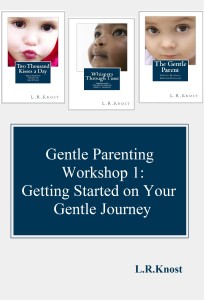
 You’re sitting in a restaurant waiting the prerequisite ten to fifteen minutes for your food to be served, chatting quietly with your spouse and two-year-old, when it happens, that dreaded moment that every parent fears…the sudden switch from table companion to meltdown mayhem when life as you and every patron, staff member, and passerby know it is turned inside out and upside down.
You’re sitting in a restaurant waiting the prerequisite ten to fifteen minutes for your food to be served, chatting quietly with your spouse and two-year-old, when it happens, that dreaded moment that every parent fears…the sudden switch from table companion to meltdown mayhem when life as you and every patron, staff member, and passerby know it is turned inside out and upside down.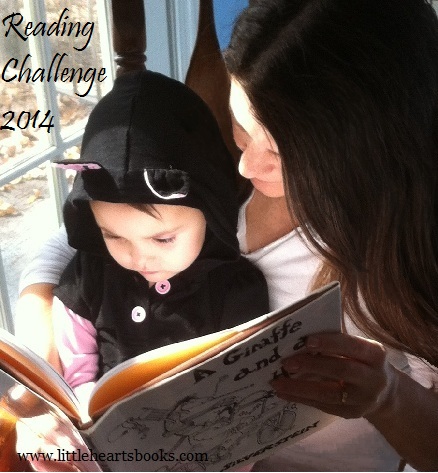 Experts agree that the single best way to turn children on to a life-long love of reading is to simply read to them. Not only is reading to our little ones wonderful for their education, though, but it is also a fun and easy way to build and maintain a strong parent/child connection. Let’s join together this year and commit to reading to our children (or with them if they’re older!) every day of 2014.
Experts agree that the single best way to turn children on to a life-long love of reading is to simply read to them. Not only is reading to our little ones wonderful for their education, though, but it is also a fun and easy way to build and maintain a strong parent/child connection. Let’s join together this year and commit to reading to our children (or with them if they’re older!) every day of 2014. Toddlers and preschoolers are still in the early stages of learning to communicate verbally. Add to that the fact that they have little-to-no impulse control and very immature social skills, and you’ve got a recipe for an instinctive physical response (i.e. hitting, kicking, biting, hair pulling, throwing things, etc.) to situations when they are frustrated, angry, excited, scared, or just tired and out-of-sorts.
Toddlers and preschoolers are still in the early stages of learning to communicate verbally. Add to that the fact that they have little-to-no impulse control and very immature social skills, and you’ve got a recipe for an instinctive physical response (i.e. hitting, kicking, biting, hair pulling, throwing things, etc.) to situations when they are frustrated, angry, excited, scared, or just tired and out-of-sorts. When a little person feels frustrated, overwhelmed, or just plain old out-of-sorts (read: tantrum time!) it’s tempting for parents to focus on correction rather than connection. But when children are intensely stressed, the prefrontal cortex of the brain, which in early childhood is an underdeveloped, mushy grey sponge waiting to be formed, is flooded with cortisol, the ‘stress hormone.’ The result is what is known as the fight-freeze-or-flight syndrome in which higher brain functions (learning, reason, self-control) are markedly hampered and lower brain functions (instinct, physical reactions) take over. This is an in-built survival mechanism that gradually comes under conscious control through years of growth in a safe and supportive environment. Interestingly, it is theorized that this underdeveloped ‘sponginess’ is why small children are able to learn new languages more quickly than older children and adults. They are, in a very literal way, absorbing information raw, unhampered by the processing and reason of a more mature brain.
When a little person feels frustrated, overwhelmed, or just plain old out-of-sorts (read: tantrum time!) it’s tempting for parents to focus on correction rather than connection. But when children are intensely stressed, the prefrontal cortex of the brain, which in early childhood is an underdeveloped, mushy grey sponge waiting to be formed, is flooded with cortisol, the ‘stress hormone.’ The result is what is known as the fight-freeze-or-flight syndrome in which higher brain functions (learning, reason, self-control) are markedly hampered and lower brain functions (instinct, physical reactions) take over. This is an in-built survival mechanism that gradually comes under conscious control through years of growth in a safe and supportive environment. Interestingly, it is theorized that this underdeveloped ‘sponginess’ is why small children are able to learn new languages more quickly than older children and adults. They are, in a very literal way, absorbing information raw, unhampered by the processing and reason of a more mature brain. From kicking and rolling and stretching to being lulled to sleep by the rhythmic cadence of a mama’s heartbeat, little ones spend the first months of their existence wrapped in a warm, dark, gently swaying cocoon, a life-giving embrace, the ultimate hug, readying themselves for their grand entrance to the world.
From kicking and rolling and stretching to being lulled to sleep by the rhythmic cadence of a mama’s heartbeat, little ones spend the first months of their existence wrapped in a warm, dark, gently swaying cocoon, a life-giving embrace, the ultimate hug, readying themselves for their grand entrance to the world.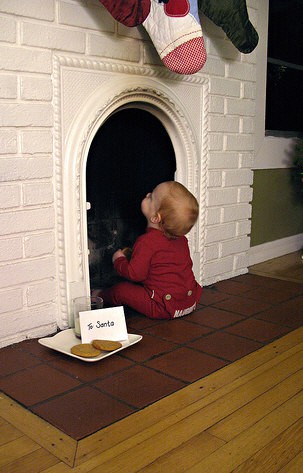 St.Nicholas was just a man, but he was a man with a mission. Born in the third century, he grew up to be an intensely kind-hearted man who was especially devoted to children’s issues and helping the poor. He was a Greek Bishop who defied the established Church in order to go out among the ‘unwashed masses’ and live his life as the ‘heart and hands of Jesus.’ While many miracles and legends about him evolved through the centuries, his penchant for leaving secret gifts is the one that captured the hearts and imaginations of people world-wide, leading to the present-day legend of Santa Claus.
St.Nicholas was just a man, but he was a man with a mission. Born in the third century, he grew up to be an intensely kind-hearted man who was especially devoted to children’s issues and helping the poor. He was a Greek Bishop who defied the established Church in order to go out among the ‘unwashed masses’ and live his life as the ‘heart and hands of Jesus.’ While many miracles and legends about him evolved through the centuries, his penchant for leaving secret gifts is the one that captured the hearts and imaginations of people world-wide, leading to the present-day legend of Santa Claus. than Jesus’ way…with a story? How else would my little ones be able to grasp the concept of such a gift? How would they embrace the wonder? How could I possibly break down the impossible into a pedantic lecture? Would the improbable make more sense in a dissertation?
than Jesus’ way…with a story? How else would my little ones be able to grasp the concept of such a gift? How would they embrace the wonder? How could I possibly break down the impossible into a pedantic lecture? Would the improbable make more sense in a dissertation?
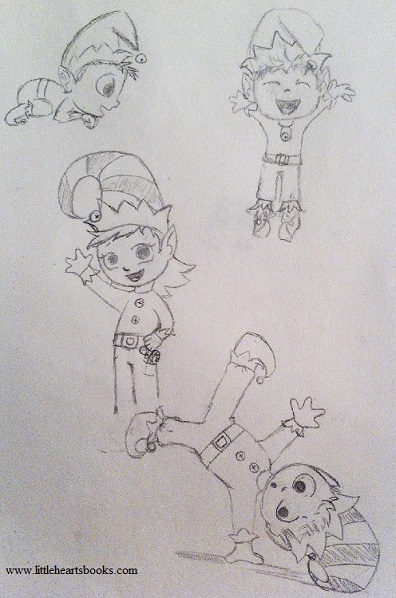 Holly, Jolly, Kringle, and Yule
Holly, Jolly, Kringle, and Yule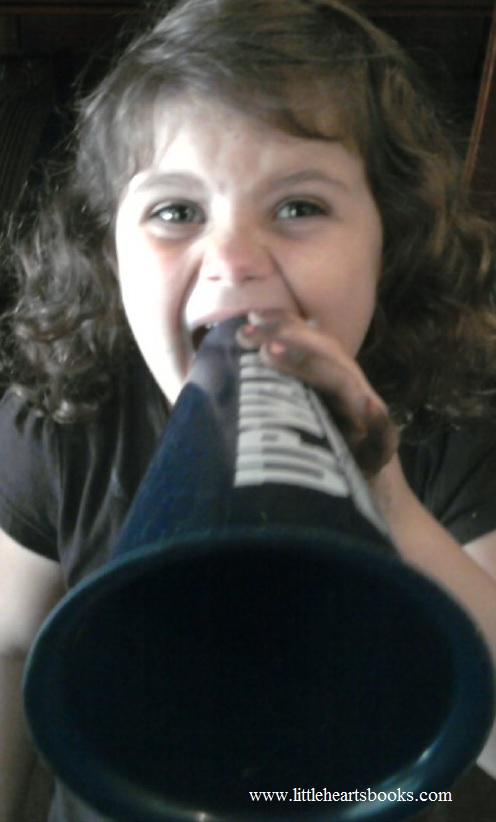 There are some children who are born into the world with the incredible life-gift of a strong will and an indomitable spirit. These children are often deeply misunderstood, and there are rows of books lining bookstore shelves with instructions about how to break their will, how to subdue their spirit, how to force their obedience. What an incredible loss of leadership, passion, and insight this world suffers when parents follow these punitive parenting practices. Not only can we parent these gifted children with gentleness and respect, but the gifts we get in return are priceless!
There are some children who are born into the world with the incredible life-gift of a strong will and an indomitable spirit. These children are often deeply misunderstood, and there are rows of books lining bookstore shelves with instructions about how to break their will, how to subdue their spirit, how to force their obedience. What an incredible loss of leadership, passion, and insight this world suffers when parents follow these punitive parenting practices. Not only can we parent these gifted children with gentleness and respect, but the gifts we get in return are priceless!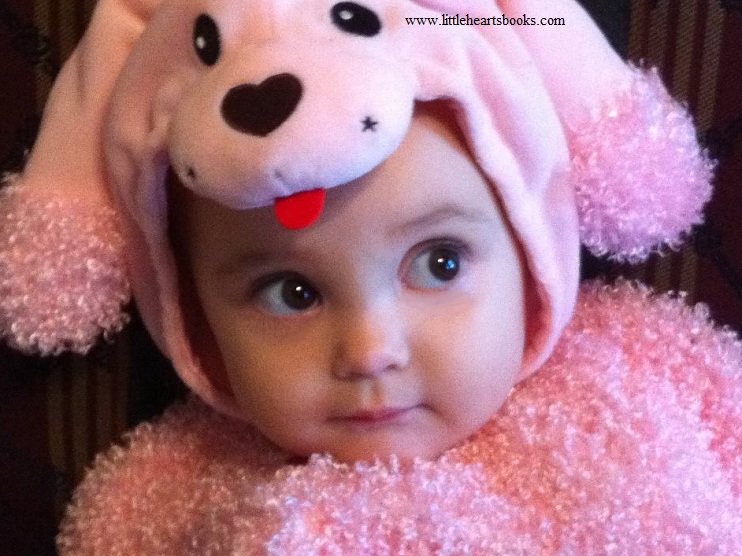 Capri points at the front door every morning and says, “Daddy, go!” Her daddy feels a bit rejected, especially on the weekends when he doesn’t have to go to work and his little girl cries because he won’t leave!
Capri points at the front door every morning and says, “Daddy, go!” Her daddy feels a bit rejected, especially on the weekends when he doesn’t have to go to work and his little girl cries because he won’t leave! 






